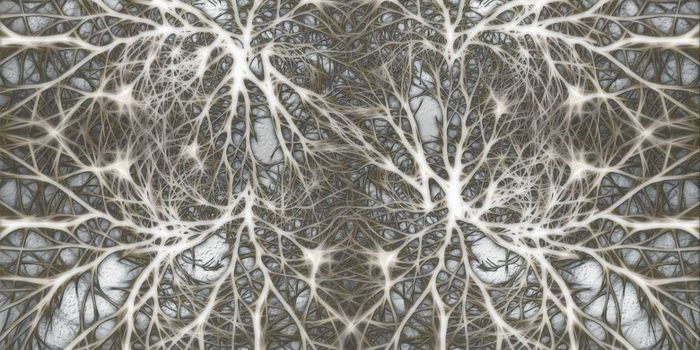Visualizing and Understanding the Branching Growth of Neurons
Our bodies have several systems branching through them, like veins, arteries, and neurons. In the brain, neurons grow together intricately in ways that have been poorly understood. Billions of nerve cells connect and communicate to allow us to move, think, and function. Researchers have now deciphered some of the biological mechanisms underlying branching growth in neurons. The findings have been reported in Science Advances.
"Neurons are highly branched cells, and they're like this because each neuron makes a connection with thousands of other neurons," said senior study author Joe Howard, Ph.D., a Professor at Yale University. "We're working on this branching process - how do branches form and grow? That is what's underlying the whole way the nervous system works."
In this study, the researchers tagged neurons in fruit flies with fluorescent markers, to visualize how they grew in flies that were maturing from larvae to adulthood. Neurons are visible under the outermost layers of the larvae, so the investigators created time-lapse movies of neurons growing in real time in the animals at various stages of development.
Neurons have two kinds of protrusions from their cell bodies; there are signal-receiving dendrites, which can branch away from the cell body, and an axon, a long fiber that can send signals.
Sensory neurons started out with two or three dendrites, but within about five days, immediately sprouted thousands of branches, resembling giant trees. The growth of the dendrites varied significantly, and they went through states of growth, shrinkage, and pauses.
"Before our study, there was a theory that neurons may be dilating and deflating like a balloon," said co-first study author Sonal Shree, Ph.D., associate research scientist. "And we found that no, they're not inflating like a balloon, but rather growing and branching their tips."
"We found that we can completely explain neuronal growth and the overall morphology in terms of just what the tips of the cells are doing," added co-first study author Sabyasachi Sutradhar, Ph.D., associate research scientist.
"This means that now we can focus on the tips, because if we can understand how they work, then we can understand how the whole shape of the cell comes about," noted Howard.
The researchers are hopeful that this study will also provide insights into how branching occurs in other systems.
Sources: Yale University, Science Advances









